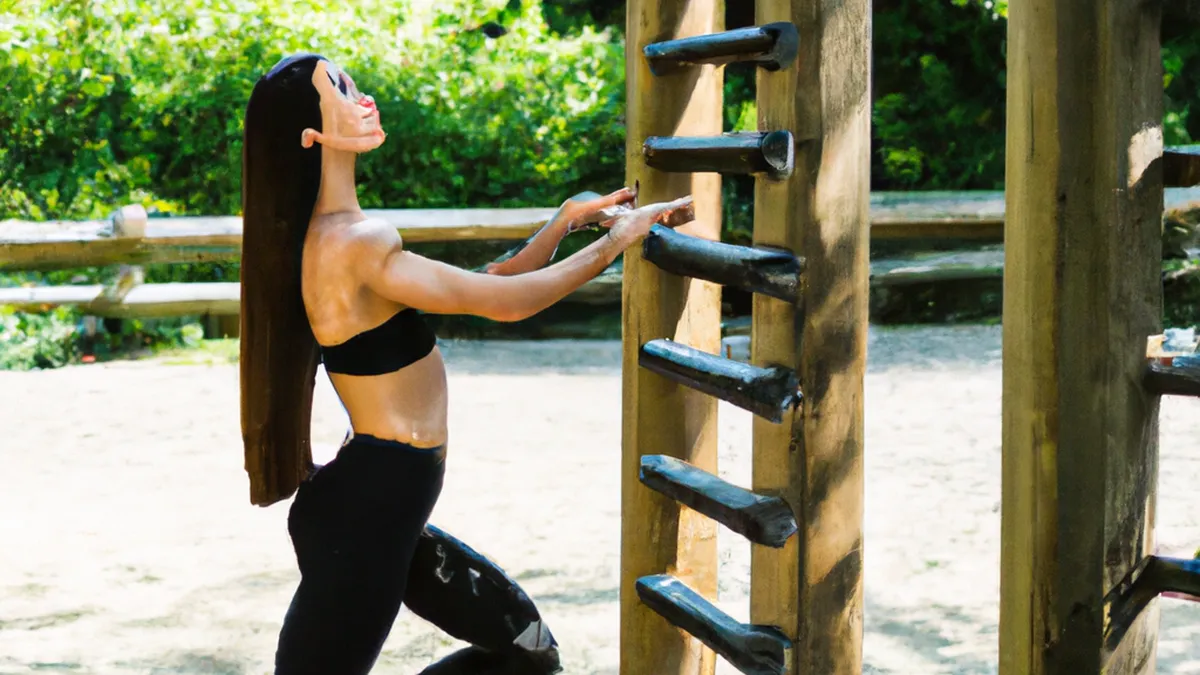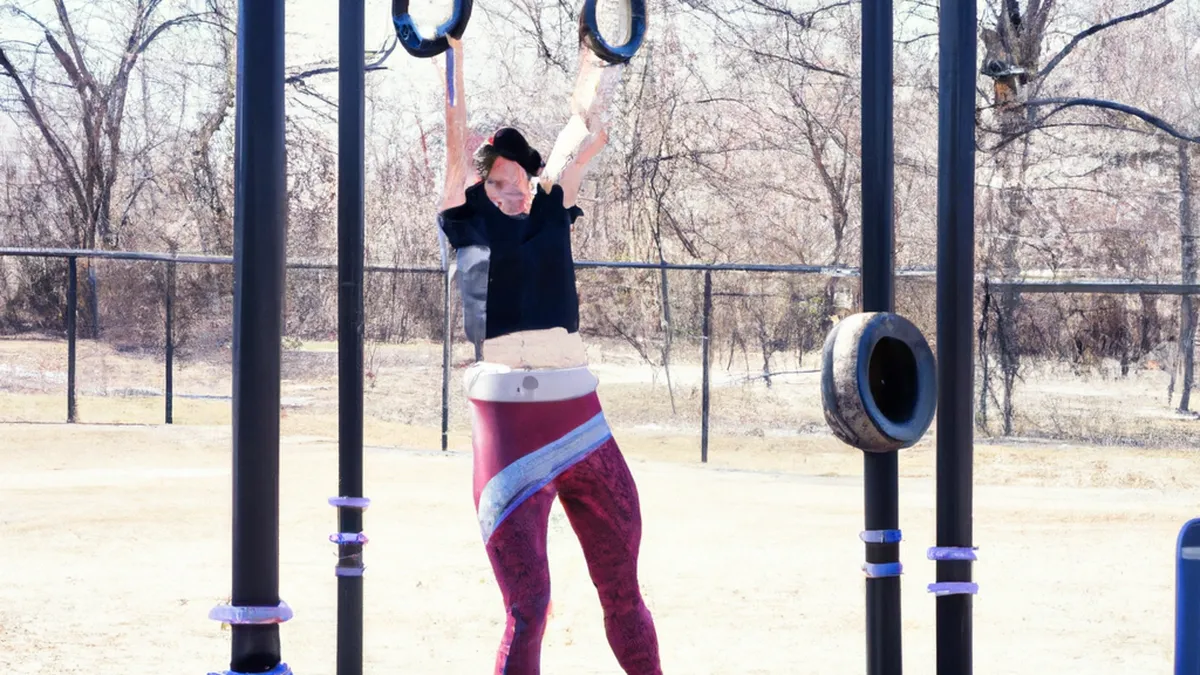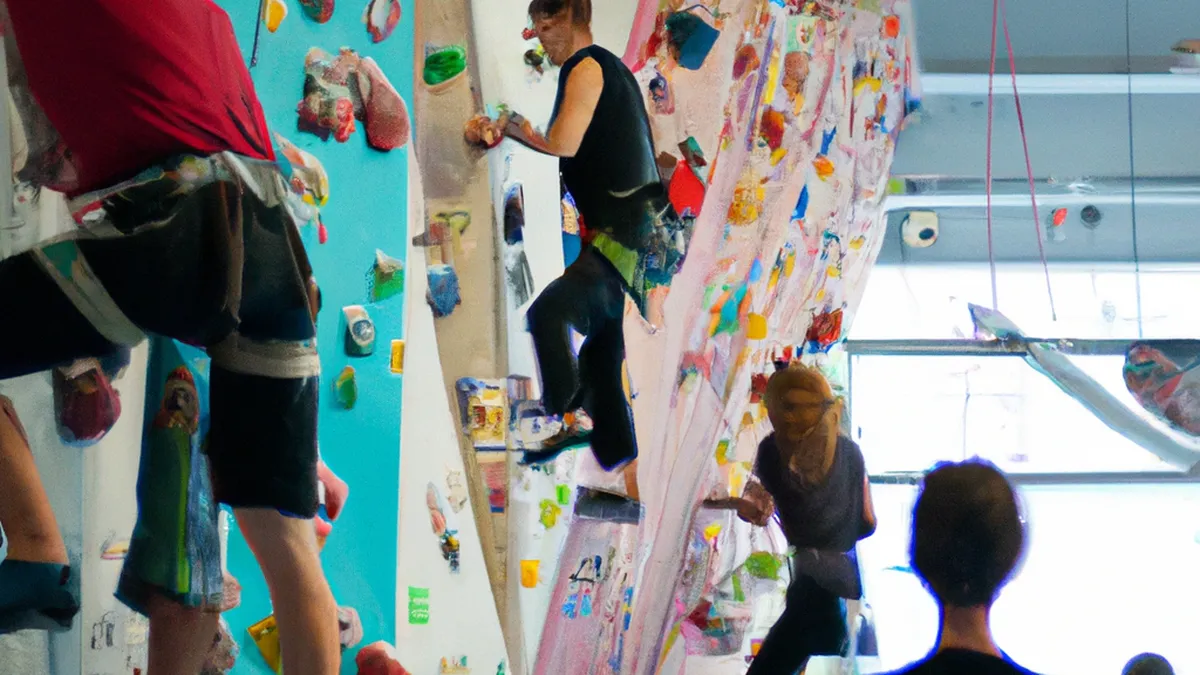Why Calisthenics Needs More Women
Unique Challenges for Women in CalisthenicsCalisthenics builds strength, flexibility, and fitness through bodyweight training. This method emphasizes functional movements, making it accessible. However, women encounter unique challenges that hinder their progress and enjoyment. Understanding these challenges helps women navigate their calisthenics journey effectively. This blog post explores obstacles and offers practical tips for overcoming them.
Societal Expectations
Women face societal expectations about body image and femininity in calisthenics. Many feel pressured to conform to traditional beauty standards. This narrative creates self-doubt, especially in a strength-focused discipline. Women worry that strength training will make them appear less feminine. This concern often leads to reluctance in pursuing calisthenics. Fear of judgment creates barriers to entry and progress. People often view women as less capable in strength activities, undermining their confidence. These societal norms discourage women from fully engaging in calisthenics. Women must challenge and redefine these standards. Embracing strength empowers and liberates women, helping them break free from limiting beliefs.
Physical Challenges
As an Amazon Associate I earn from qualifying purchases.
Gear tip: consider stretching strap, adjustable dumbbells, and olympic barbell to support this topic.
Despite accessibility, women face specific physical challenges in calisthenics. Generally, women have less upper body strength than men. Exercises like pull-ups and push-ups can feel daunting. Initial struggles may discourage women from pursuing calisthenics.Women can achieve progress in calisthenics, regardless of gender. Consistent practice and dedication improve upper body strength. While progress may be slower, it remains attainable with perseverance.Hormonal fluctuations can also affect women’s performance. During certain menstrual cycle phases, energy levels may dip. It’s crucial for women to listen to their bodies and adjust training. Modifying workouts during this time helps maintain consistency without overexertion.
Access to Resources
Women face a lack of resources tailored to their specific needs in calisthenics. Many programs and tutorials feature male athletes predominantly. This lack of representation may discourage women from pursuing calisthenics.
Conclusion
Women face unique challenges in calisthenics, including societal expectations and physical limitations. Understanding these obstacles helps women navigate their fitness journey and achieve success.
Below are related products based on this post:
FAQ
What societal expectations do women face in calisthenics?
Women often encounter societal pressures regarding body image and femininity, leading to self-doubt in strength-focused activities. Many feel that pursuing strength training may compromise their femininity, which can create reluctance to engage in calisthenics. Overcoming these societal norms is essential for women to embrace their strength and enjoy their fitness journey.
What physical challenges do women face in calisthenics?
Women generally have less upper body strength compared to men, making exercises like pull-ups and push-ups particularly challenging. Initial struggles can discourage participation, but consistent practice can lead to improvement. Hormonal fluctuations may also impact performance, so it’s important for women to listen to their bodies and adjust their training accordingly.
Are there sufficient resources for women in calisthenics?
Women often find a lack of resources specifically tailored to their needs in calisthenics, as many programs predominantly feature male athletes. This lack of representation can be discouraging, making it harder for women to connect with the content and feel motivated. Increasing visibility and resources for women can help foster a more inclusive environment in the calisthenics community.















Post Comment